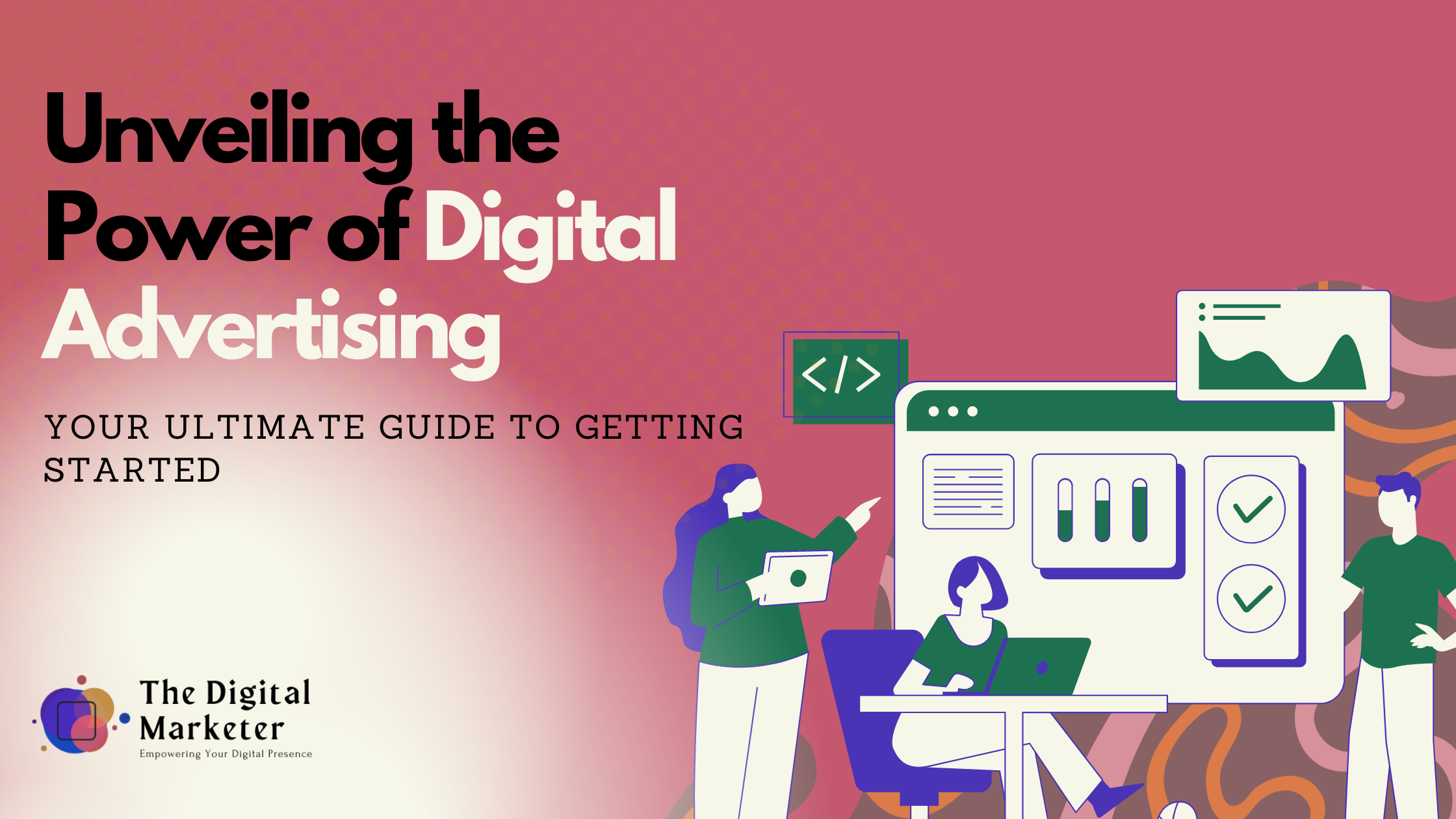In today’s fast-paced digital landscape, digital advertising has emerged as a pivotal tool for businesses to reach and engage with their target audience effectively. Unlike traditional forms of advertising, such as print or television ads, digital advertising offers unparalleled precision, targeting, and measurability, making it a cornerstone of modern marketing strategies.
Table of Contents
Understanding Digital Advertising
What Exactly is Digital Advertising?
Digital advertising encompasses a broad spectrum of promotional activities conducted through digital channels, including but not limited to:
- Search Engine Marketing (SEM): Utilizing platforms like Google Ads to display ads in search engine results.
- Social Media Advertising: Leveraging platforms like Facebook, Instagram, Twitter, and LinkedIn to promote products or services to specific demographics.
- Display Advertising: Placing banner ads on websites, apps, or social media platforms to increase brand visibility.
- Video Advertising: Displaying video ads on platforms like YouTube or social media channels.
- Email Marketing: Sending targeted promotional emails to subscribers.
The Advantages of Digital Advertising
Targeted Reach
One of the primary advantages of digital advertising is its ability to precisely target specific audiences based on demographics, interests, behaviors, and online activities. This targeting ensures that your ads are seen by the most relevant potential customers, maximizing the effectiveness of your campaigns.
Measurable Results
Unlike traditional advertising methods, where it’s challenging to measure the impact of your campaigns accurately, digital advertising provides robust analytics and tracking tools. These tools enable you to monitor key metrics such as impressions, clicks, conversions, and return on investment (ROI) in real-time, allowing for data-driven decision-making and optimization.
Cost-Effectiveness
Digital advertising offers various pricing models, including cost-per-click (CPC), cost-per-thousand-impressions (CPM), and cost-per-acquisition (CPA), allowing businesses to choose the most cost-effective approach based on their objectives and budget constraints. Additionally, digital advertising platforms often provide options for budget control, allowing advertisers to set daily or campaign-specific spending limits.
Getting Started with Digital Advertising
Define Your Objectives
Before diving into digital advertising, it’s essential to define clear and measurable objectives for your campaigns. Whether your goal is to increase brand awareness, drive website traffic, generate leads, or boost sales, having specific objectives will guide your strategy and tactics.
Know Your Audience
Understanding your target audience is paramount to the success of your digital advertising efforts. Conduct thorough market research to identify your audience’s demographics, interests, pain points, and online behavior. This information will inform your targeting parameters and messaging, ensuring that your ads resonate with the right people.
Select the Right Platforms
With numerous digital advertising platforms available, it’s crucial to choose the ones that align with your objectives and audience demographics. Whether you opt for search engine advertising on Google, social media advertising on Facebook and Instagram, or a combination of various platforms, selecting the right channels will maximize the reach and impact of your campaigns.
Craft Compelling Ad Creative
The effectiveness of your digital advertising campaigns hinges on the quality of your ad creative. Whether you’re creating text ads, image ads, video ads, or interactive ads, ensure that your content is visually appealing, relevant to your audience, and includes a clear call-to-action (CTA) prompting users to take the desired action.
Set Up Tracking and Analytics
To measure the performance of your digital advertising campaigns accurately, it’s essential to implement robust tracking and analytics systems. Utilize tools like Google Analytics, Facebook Pixel, or third-party tracking solutions to monitor key metrics, track conversions, and gain insights into user behavior. Regularly analyze this data to identify areas for optimization and improvement.
Conclusion
In conclusion, digital advertising is a dynamic and powerful marketing tool that offers unparalleled targeting, measurability, and cost-effectiveness. By understanding the fundamentals of digital advertising and following best practices, businesses can leverage this medium to reach, engage, and convert their target audience effectively.
Follow us on LinkedIn, Facebook and Instagram for the latest updates, tips, and trends in digital marketing!

